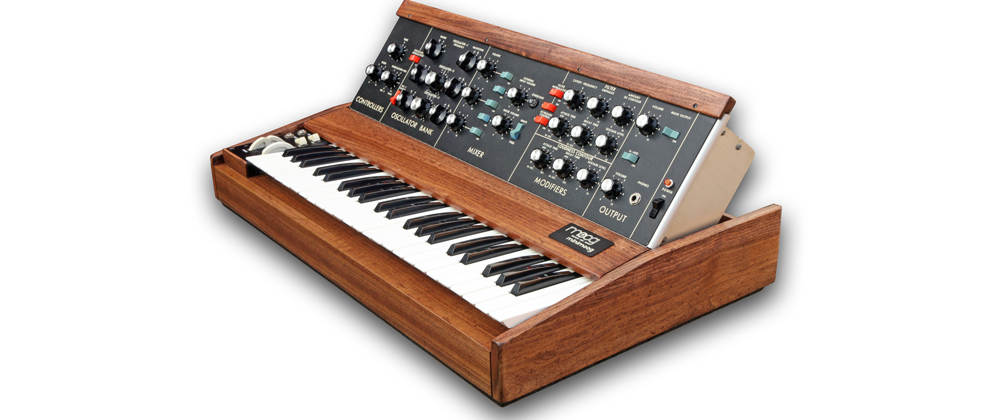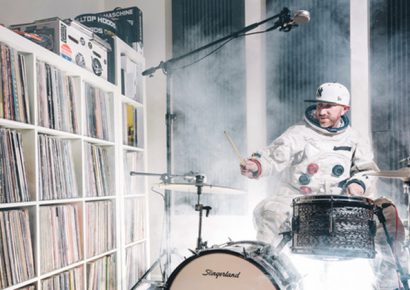What to look for
There are so many possibilities available when you start looking into vintage synthesizers, and knowing what will work for you can be tough. I think the two most important things to look for when getting into a synth collection are usability and uniqueness. Let’s consider usability first. You don’t want to go investing your money into a synthesizer that’s hard to program, or really needs other synths with it to work properly. Many electronic music producers think they want a Roland TB-303 more than anything else, but they don’t really think this through. It’s a lot of money to invest in a synth that does very little by itself and even when utilised fully, really only works well as an acid machine and doesn’t offer a great deal of versatility. You want to get good value and the ability to get a lot of use from the first couple of keyboards in your arsenal before you start heading towards the more selective pieces that offer a very narrow sonic scope.
The other thing to consider is uniqueness. There’s no point shelling out your hard earned dollars to buy a synthesizer that does exactly what your software is doing. It needs to be different, and needs to bring something else to the sound that your existing arsenal of software synths doesn’t give you. This is true in not only your first but each synth that follows as your collection grows. Each synth needs to offer something different; otherwise they serve no real purpose other than being noisy museum pieces.
What is the perfect number?
I have often maintained that the correct amount of synthesizers one should own is calculated by taking the existing amount owned and adding one. Seriously, once you get going on a synthesizer collection, there is no clearly defined stopping point. You begin to seek out weird and wonderful synths and peripherals to network your existing synths in new ways. Then the game of Tetris begins as you have to start making room for each new keyboard or rack unit to be added to the hoard. At some stage, a re-evaluation of the collection becomes necessary. What you need to realise is that most of these classic synthesizers you will have purchased would have been second hand, so someone enjoyed them and found the ability to let them move on to a new home eventually. So, at some stage you too should consider letting some of your collection move along. I go with the rule of thumb that suggests if I do not use a synth in 24 months, it could be getting better use elsewhere and I look for a new owner. This way, my world of classic synthesizer sounds doesn’t get stale with the same units being turned to over and over again. And the keyboards that I no longer get good use out of can find a new lease on life with a different owner who will no doubt get as much joy from the sounds they have to offer as I once did. And so, the life cycle of the classic synth continues for many to enjoy and appreciate. I must sound a little like a madman by this stage, but let me assure you, if you do head down the synth collecting path, you will completely understand where I am coming from. One cannot simply hoard synthesizers, they need to be used and they need to inspire creation in their function and sound. If a synthesizer stops doing this, it will surely be better used elsewhere.
I write this after having cleansed part of my studio of a number of classic keyboards and rack units that sadly were not getting the use they deserved. But, at the same time, I now have a fresh outlook and find myself back at the start of the process all over again in search of a new classic synthesizer to fill the gap in my sonic palette. And so, the search continues as I ask myself, what is that sound that I am missing?







